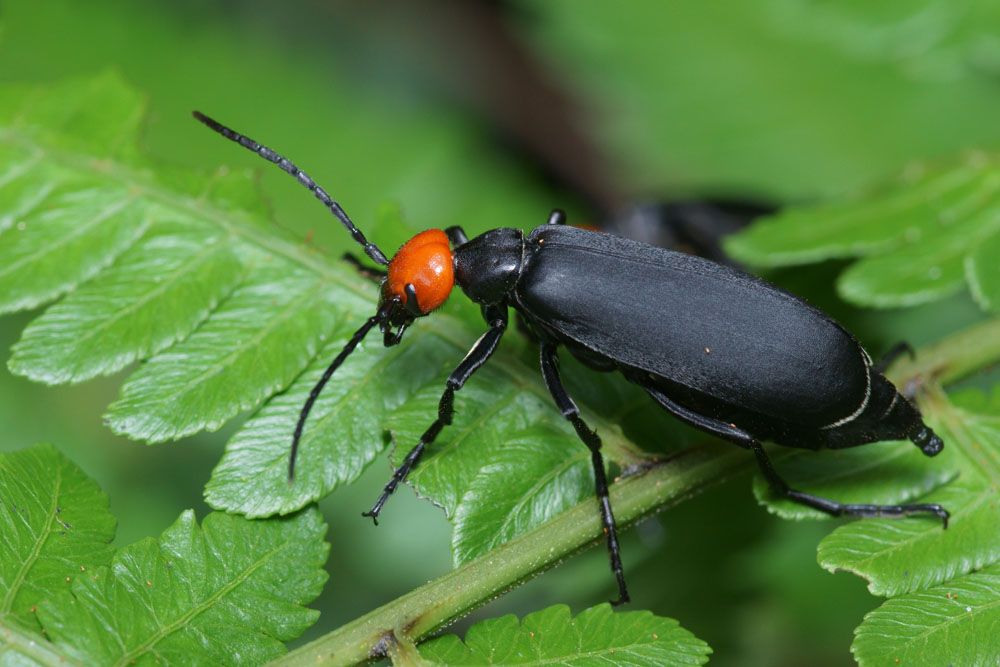
Blister Beetles – Meloidae
Blister Beetles
Scientific Name: Meloidae
Common Name: Blister beetle
Appearance: Blister beetle is a colourful species of insect with a cylindrical body covered with colourful stripes and marks. The head is relatively broad with a narrow neck. It is almost 3 cm in size and consists of soft and flexible forewings.
Host Plants or Food: Early larval instars of the blister beetles are exclusively insectivores and feed on small insects and their eggs as well. As it grows, the larva becomes a herbivore, feeding on the foliage and nectar of several plants, including alfalfa, potatoes, and legumes.
Territory: Throughout North America, Western USA, Eastern USA, Australia, Europe, Asia, Gulf States
Mode of Damage: Since the larva eats up the harmful pests and their eggs, it may be considered a beneficial garden insect. However, some larvae may also be leaf chewers or flower and fruit feeders.
Habits and Life History:
Blister beetles are found all around the world and are famous for their versatile, colourful bodies as well as toxic secretion called cantharidin.
It lays eggs on the ground, leaves, stems, and even flowers which gives rise to early larval instar.
The larvae change their forms and feeding habits at least four times during their lifetime.
It feeds on bees and grasshopper eggs and then on leaves until it is ready for pupation.
Once the larva has grown enough, it pupates in the soil and emerges as an adult the following summer.
